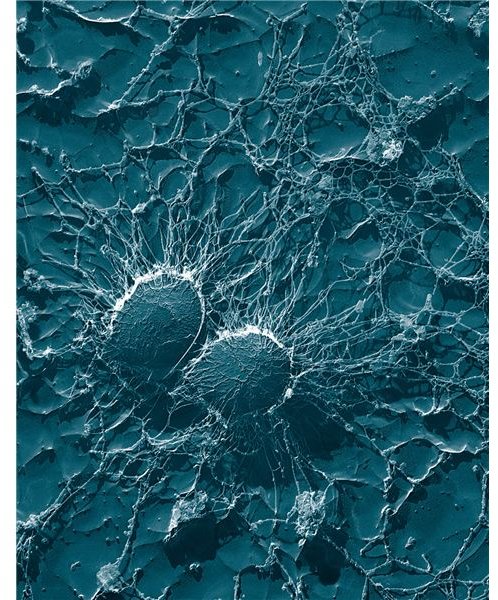List of Bacteria on the Human Body: Compiling an Atlas Of Common Bacteria Types on Humans to Help Fight Disease
List of Bacteria
To create their list of bacteria on the human body, which they refer to as an atlas, scientists from the University of Colorado at Boulder conducted intensive studies of the bacteria found at 27 sites on the bodies of nine healthy volunteers. From top to toe they probed and prodded, and conducted DNA analysis of the microbial communities found in places such as the lower intestine, armpits, forehead, ear canal, navel, index finger, and the mouth. Eighteen of the sites were on the skin.
The researchers found extraordinary variability between the bacterial communities of individuals, so much so that they stated that everybody carries a “personalized” community of bacteria.
Common Bacteria
There are an estimated 100 trillion microbes, give or take a few that reside on and in each one of us. Though people tend to give these tiny critters a bad rap many are necessary to keep us in good working order. They help us to digest our food, are involved in the development of the immune system, and prevent dangerous pathogens from taking up residence.
According to the research team this is the most comprehensive view ever of the microbial communities that call us home. And further studies will be added to the atlas over the coming years. “The goal is to find out what is normal for a healthy person, which will provide a baseline for further studies to look at people with diseased states,” said Rob Knight, an assistant professor in CU-Boulder’s chemistry and biochemistry department.
The researchers took four samples from each volunteer over a three month period. The bacteria were usually collected within two hours of a person showering. High tech gene sequencing and computer tools were then used to compile a profile of the microbes at each location.
Bacteria Facts
Not only did the scientists discover an enormous amount of microbial diversity between individuals, but there was also a large diversity between the microbes that live in different regions of the body.
- Hair, nostril and ear canal sites had the highest levels of variability within individuals; the mouth had the least amount of variability - within and between individuals.
- The head area was dominated by a specific type of bacterium whilst the legs were dominated by a different group.
- There was less microbial variation between the armpits and the soles of the feet, and the researchers believe that this is because both environments are similar - warm, dark and moist.
Fight Against Disease
This is by no means the end of the research road for the scientists involved in this study - they believe they have only just begun, as it has opened up a whole suite of unanswered questions such as - “why do healthy people have such different microbial communities?” and “are these personalized signatures present from birth?”
The scientists hope that a comprehensive atlas of bacteria will help in the fight against disease. The main premise behind this is that our genomes are similar, but microbial genes vary a lot, so it may make sense to look for variations that correlate with disease at specific sites.
Reference
CU-Boulder Map of Human Bacterial Diversity Shows Wide Interpersonal Differences
